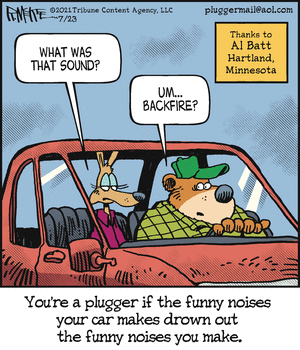Naturally
Finding beauty in ordinary things is a fine idea at any time, but it is perhaps most appreciated when the weather is far from perfect. The coldest day of the year in Minnesota generally falls between January 21-25. On a cold, drab January day, I drove to donate to the Geneva Cancer Auction and delighted in the red stems of the red osier dogwood. Weeping willows grew close to the edge of the road. I suppose they needed a shoulder to cry on.
There are signs of spring that some might call overly optimistic. Black-capped chickadees are singing “fee-bee” or “spring’s here,” and woodpeckers are drumming.
I saw a robin stubbornly spending the winter here. They are tough. That’s why one of them became Batman’s sidekick.
Q&A
“Which bird is the snowbird?” Someone asked if the snow goose was the snowbird. It’s not. Neither is the snowy owl nor the snowy egret. Snowbirds and snowflakes visit me. The dark-eyed junco is the snowbird, and the snow bunting is the snowflake. Juncos are said to bring the snow. I think junco is an acronym for “Just Until Nicer Conditions Occur.” The junco is easily seen against a background of snow, but the snow bunting shows more white than any other songbird. The snow bunting nests in the Arctic tundra. The song “Snowbird” by Anne Murray, in which she sings, “Spread your tiny wings and fly away. And take the snow back with you. Where it came from on that day,” was written by Gene MacLellan, who was inspired after by a flock of snow buntings on a beach in Prince Edward Island. “Snowflakes” describes the movement of a flock in flight. Naturalist John Burroughs wrote, “This is the only one of our winter birds that really seems a part of winter—that seems born of the whirling snow, and happiest when storms drive thickest. Its calls, coming out of the white obscurity, are the sweetest and happiest of all winter bird notes. It is like the laughter of children.” He also referred to a flock as being like snowflakes knit together. Frank Sweet penned this, “Which came first, the birds or the snow? Or was it together they fluttered down?”
Don of Cannon Falls asked if the blue jays he feeds peanuts to in his yard could be the same ones he sees in a park 2 miles away? I’ve read about blue jays caching seeds up to 2.5 miles from the source. Blue jays are magnificent, big-brained birds that travel extensively in tight-knit groups and gregarious flocks in the winter with variable memberships and range. A dominance hierarchy reduces squabbling. The blue jay is also the mascot of the Waseca Schools. I learned that during the pandemic, people developed a great appreciation for the beauty and vibrance the jays brought to a day. They could be the same birds. Some jays migrate. The Cornell Lab of Ornithology says that the number of jays that migrate is probably less than 20%.
Micah of Mankato wrote, “I've noticed all the oriole nests I've seen, have been hanging on maple trees. Is there something to that?” Baltimore orioles often nest in American elms, but the population of elms dropped because of Dutch elm disease, so the orioles build nests in other trees, especially maples and cottonwoods.
“How can I tell dog tracks from coyote tracks?” Coyote paw prints are generally narrower and more elongated with tightly grouped toes, creating an oval shape, while dog prints tend to be wider with spread toes, and appear rounder. Coyote trails are inclined to be straighter than the often meandering paths of dogs.
“How many seeds does a cattail produce?” Cattails reproduce by both seeds, with an average of 220,000 seeds in a single brown, hot dog-like seedhead, and vegetatively through clones emerging from a single rhizome. A single rhizome may produce up to 100 stalks in a single growing season. There may be a relationship between the abundance of cattails and the size of muskrat populations. In years when there are many cattails, the muskrat populations boom. Cattails get their name from the fuzzy, elongated seed heads reminding some of the tails of cats.
Thanks for stopping by
“You cannot begin to preserve any species of animal unless you preserve the habitat in which it dwells. Disturb or destroy that habitat and you will exterminate the species as surely as if you had shot it. So conservation means that you have to preserve forest and grassland, river and lake, even the sea itself. This is not only vital for the preservation of animal life generally, but for the future existence of man himself—a point that seems to escape many people.”—Gerald Durrell.
“Trees are poems that the earth writes upon the sky.”—Kahil Bebran.
Do good.
©Al Batt 2025
Common ravens are members of the Corvidae family, which in Minnesota includes the American crow, blue jay, Canada jay and black-billed magpie. Ravens are permanent residents in northern forested areas. This common raven enjoyed visiting a McDonald’s in Juneau, Alaska. Photo by Al Batt.



